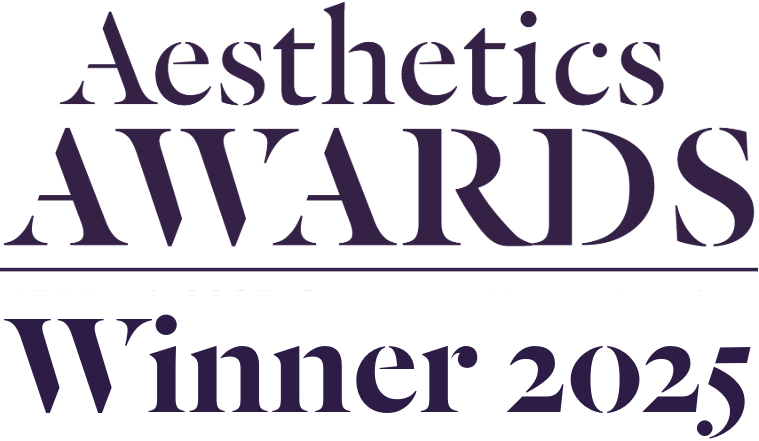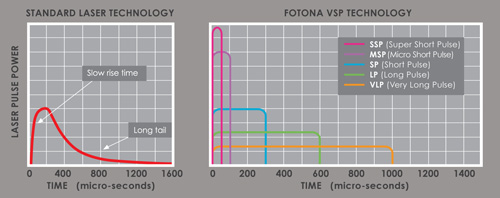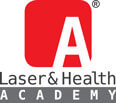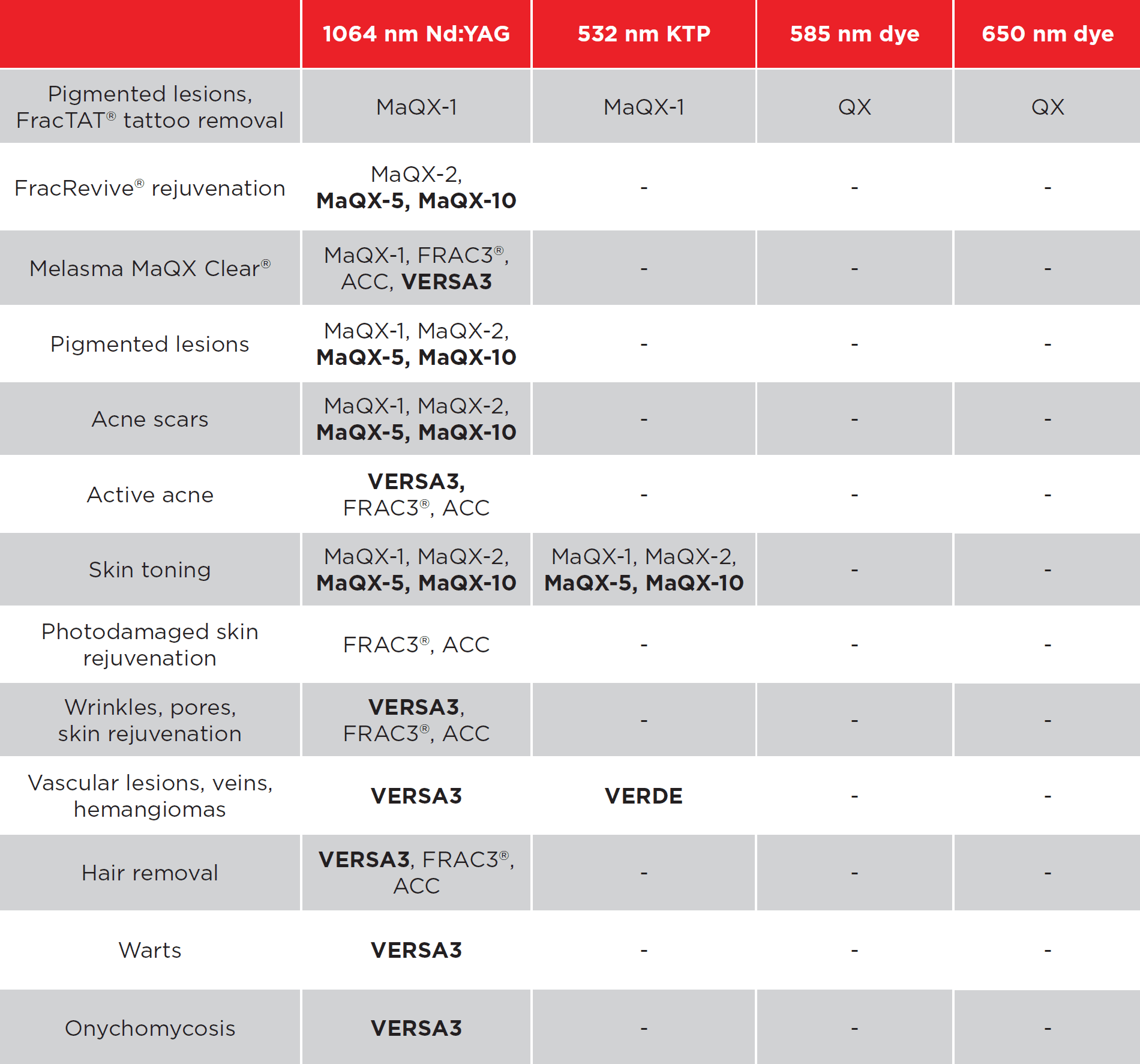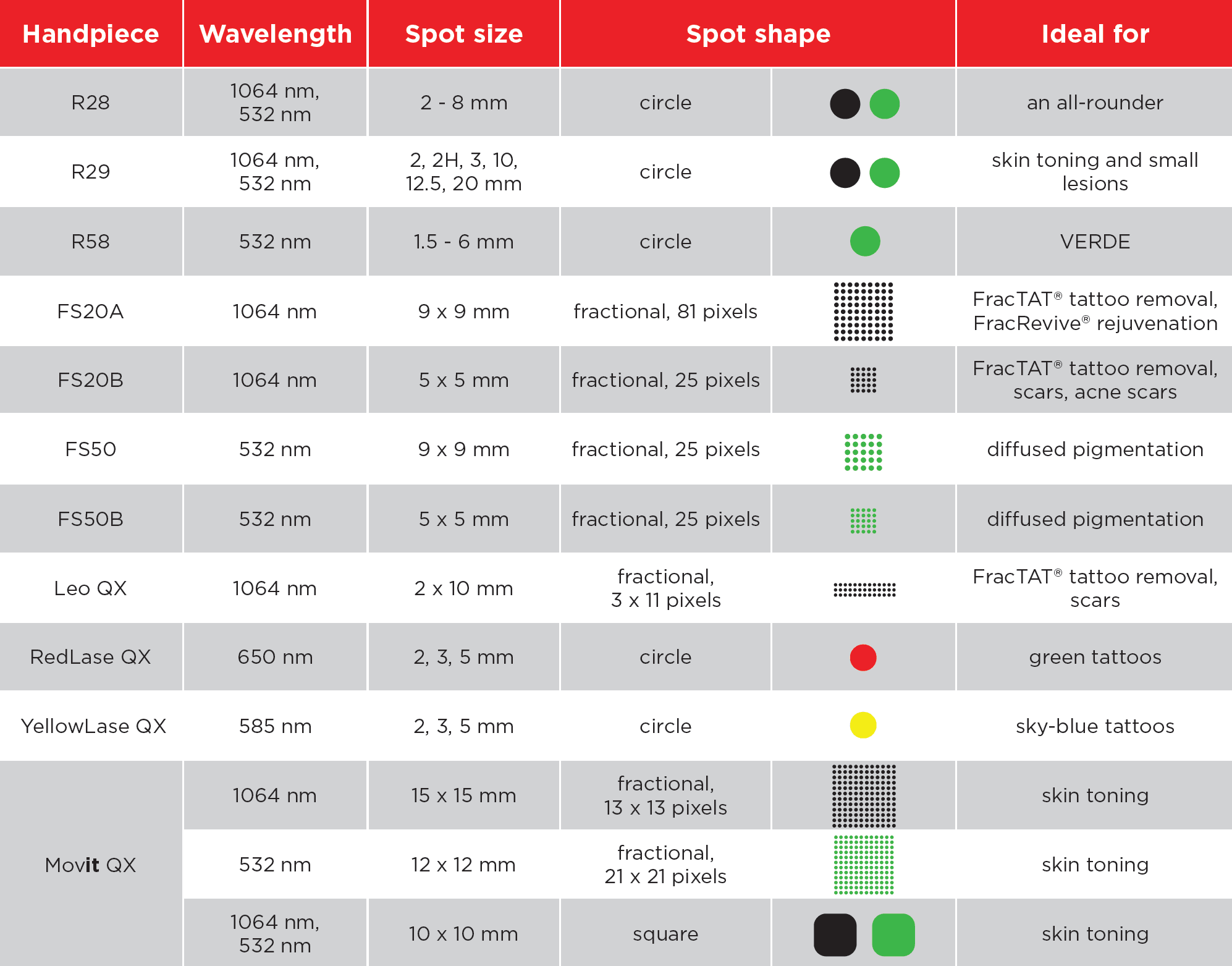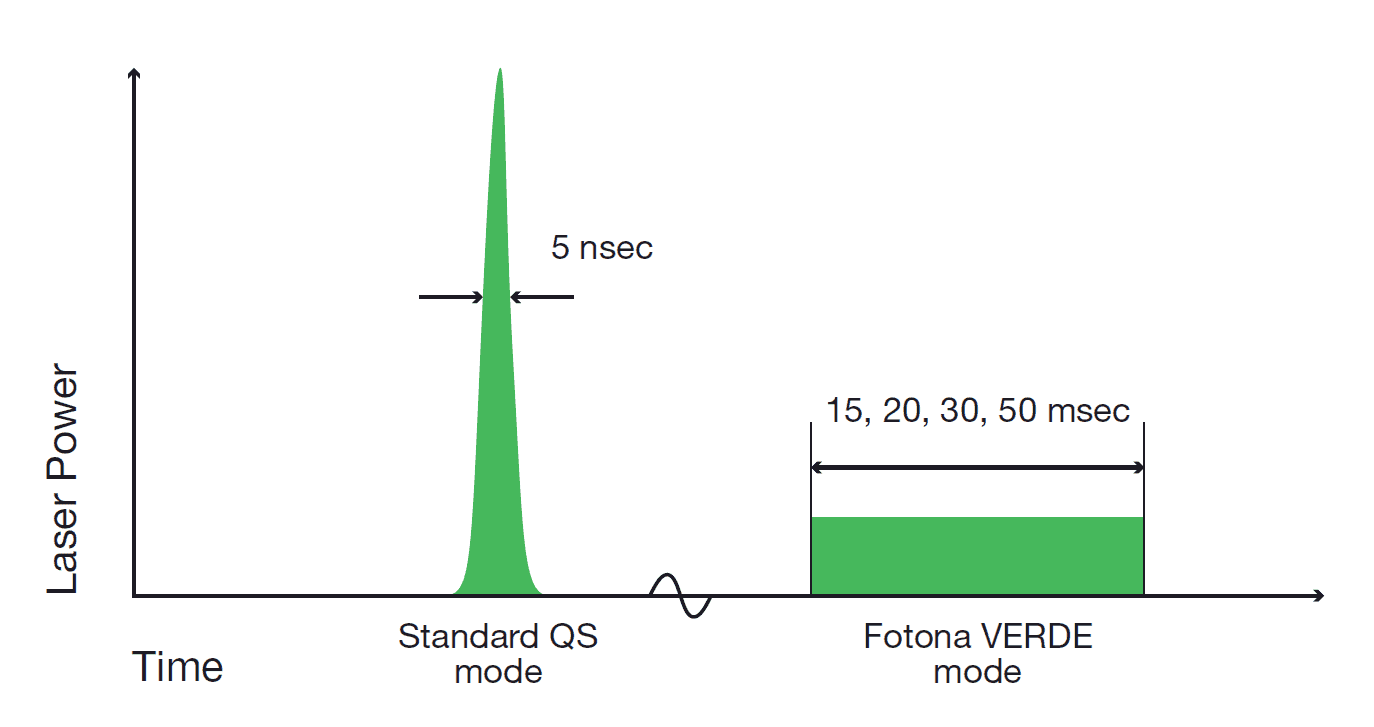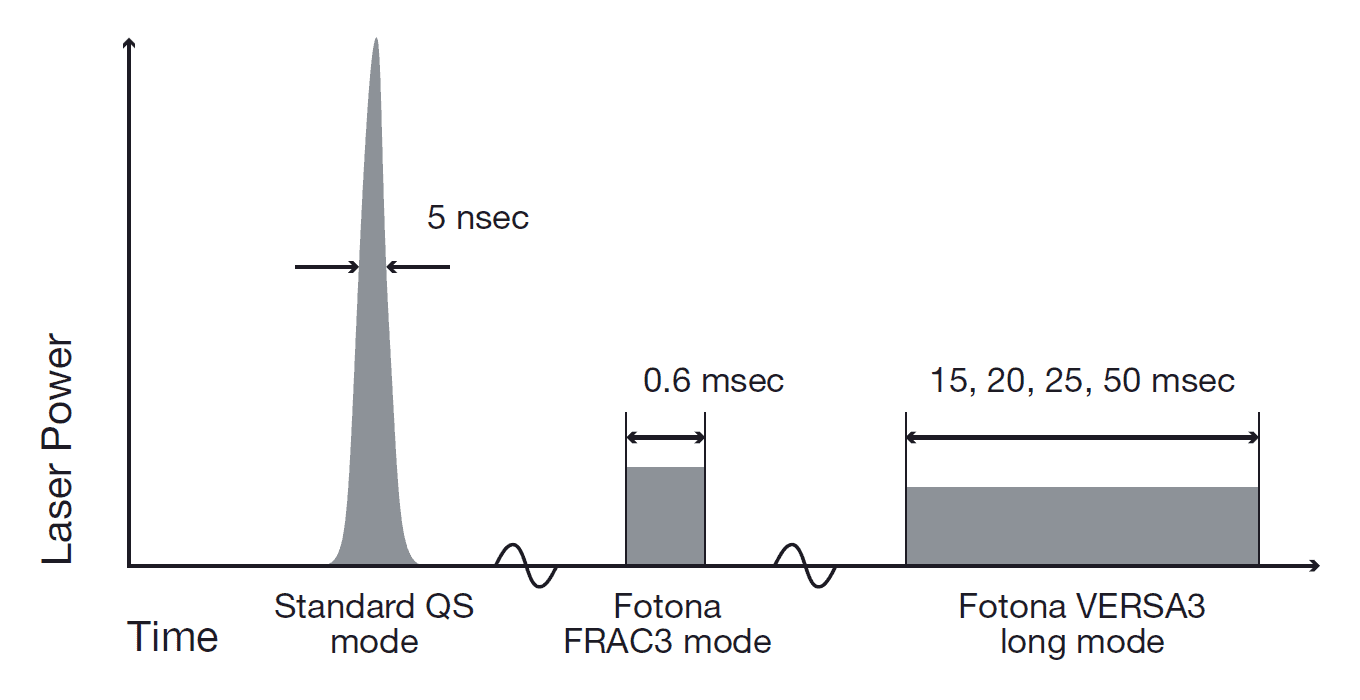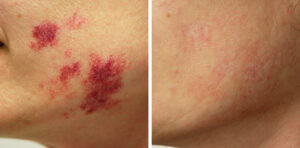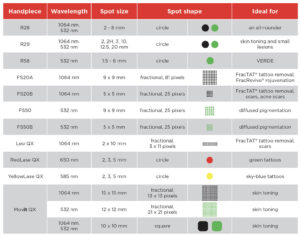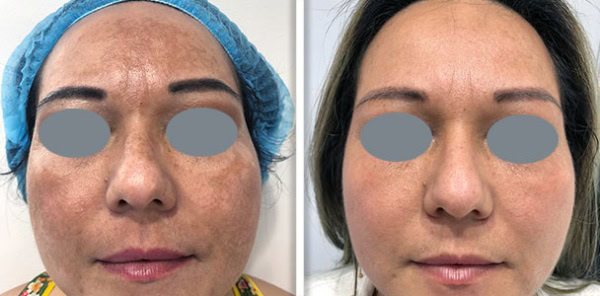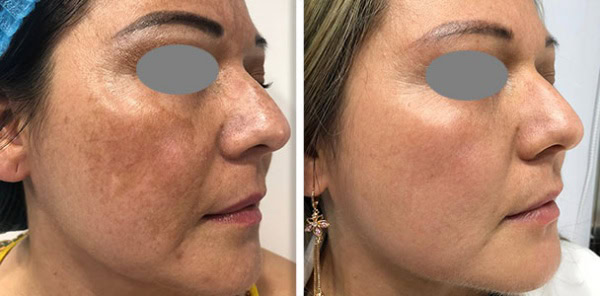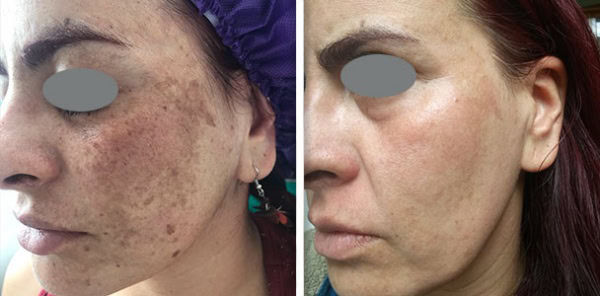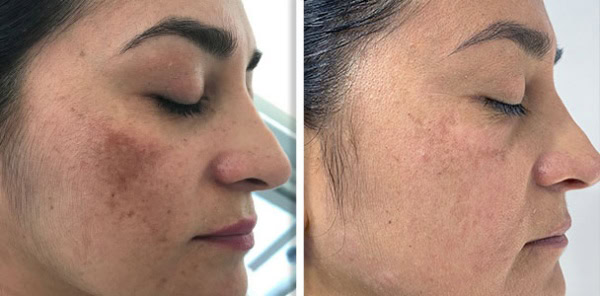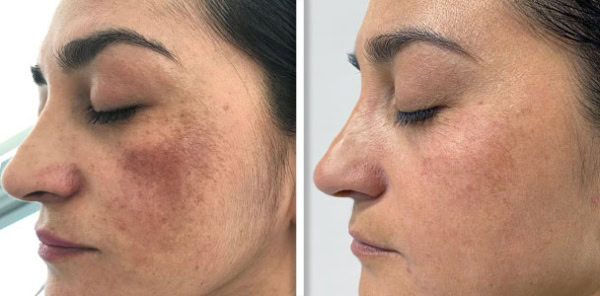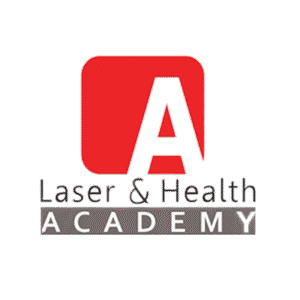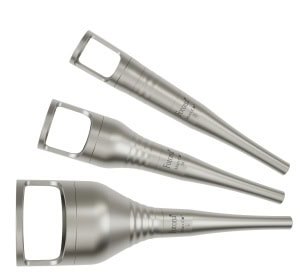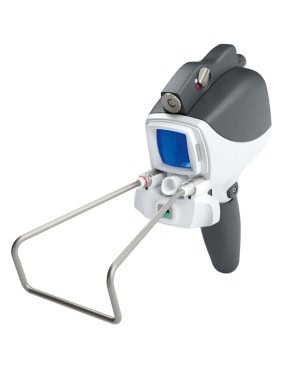Lines and wrinkles on the face are a normal process of aging. However, it doesn’t mean that you should get Botox to get rid of the problem. Studies show that a mix of skin care, lifestyle changes and non-invasive treatments (like Laser therapy) can improve the appearance of the eye area, without injecting.
Why Do Eye Wrinkles Form?
A variety of factors cause wrinkles around the eyes.
(a) Collagen & Elastin loss: Production decreases after age 25 and causes a thinner skin.
(b) Sun Exposure: UV rays degrade collagen and speed up aging.
(c ) Dehydration: Dry skin can make the appearance of fine lines.
(d) Facial movements- Repetitive squinting and smiling cause dynamic wrinkles.
(e) Poor Sleep and Stress: Cortisol levels are high. levels can slow the process of healing skin.
Natural & Minimally Invasive Ways to Smooth Eye Wrinkles
1. Topical Skincare containing Proven Ingredients
Ingredients backed by science can help improve skin texture:
Retinoids:
Everyone desires radiant, glowing skin. Retinoids are among the most potent ingredients to achieve this. Backed by decades of research, retinoids (derivatives of vitamin A) are dermatologist-recommended for improving skin texture, tone, and luminosity. It boosts collagen and cell turnover .
Vitamin C
Vitamin C (ascorbic acid) is a powerful antioxidant that has multiple benefits for skin. It improves the appearance of your skin by blocking melanin production, which reduces hyperpigmentation and dark spots. It is an effective collagen booster that increases collagen synthesis, enhancing skin firmness and decreasing lines and wrinkles . Vitamin C additionally helps protect against Free radicals from pollution and UV radiation which can cause premature ageing. Furthermore, it improves the hydration of your skin by enhancing the skin’s moisture barrier. It also works in conjunction with sunscreens to enhance photoprotection. The anti-inflammatory properties of it help to reduce the redness and help to create an even radiant glow. For the best results, you should use vitamin C serums that are stable (like L-ascorbic acid) in the morning, under SPF.It brightens skin and enhances collagen synthesis.
Peptides
The amino acid peptides are short-chains which serve as the building blocks of proteins such as collagen and elastic which play a vital function in maintaining firm, youthful skin. In the field of skincare, peptides act as cell messengers that signal the skin to improve collagen production. This helps reduce wrinkles and improve the elasticity of your skin. Certain peptides, such as copper-based peptides are also able to aid in skin healing and healing and repair, whereas others including Acetyl hexapeptide-8 (Argireline) mimic Botox-like effects, by relaxing facial muscles to reduce expression wrinkles. Furthermore, peptides improve your skin’s barrier, increasing the hydration of skin and protecting it from environmental damages. In short It stimulates collagen production.
Hyaluronic Acid:
Hyaluronic acid (HA) contains natural glycosaminoglycan that is capable of drawing and holding moisture, which can hold as much as 1000 times the weight of the water . HA is a rich hydrator that instantly plumps up wrinkles and improves elasticity by replenishing skin’s water barrier. It works at multiple levels: low-molecular-weight HA penetrates deeper to stimulate collagen production, while high-molecular-weight HA forms a protective film on the skin’s surface to prevent transepidermal water loss. Regular usage of HA creams or serums improves the texture of skin, minimizes wrinkles due to dryness and causes the appearance of a youthful, dewy glow. To maximize benefits, apply the HA cream with ceramides and peptides in order to hold in hydration and boost the skin’s defenses.
Best Practice:
Apply a retinol or peptide-based eye cream every night.
2. Facial Massage & Gua Sha
Massage can improve blood flow, and could reduce wrinkles due to tension. A 2017 study found facial exercises improved skin firmness
How to Do It:
- Make use of the chilled roller of jade and Gua Sha tool that has facial oil.
- Gently move your eye outwards from the inner eye until the temple.
3. Sun Protection (The #1 Anti-Aging Step)
UV exposure causes up to 80% of visible aging ([Skin Cancer Foundation](https://www.skincancer.org/blog/photoaging-what-you-need-to-know/)).
What Helps:
- SPF 30+ sunscreen daily (even indoors).
- Wear sunglasses to avoid glaring.
4. Laser Treatments (Minimally Invasive Option)
For more severe wrinkles, fractional lasers may increase collagen without causing any time of downtime:
(a) Non-Ablative Lasers (e.g., Fraxel) – Heat the skin to trigger collagen without damaging the surface
(b) CO2 Lasers More intense, utilized for a significant improvement in texture.
5. Hydration & Diet for Skin Repair
(a) Drink enough water. Dehydration can cause wrinkles to appear more prominent.
(b) Eat foods that support collagen – Berries, bones soup, as well as omega-3s improve to improve the elasticity of your skin.
(c ) Reduce sugar & alcohol – Both degrade collagen over time.
6. LED Light Therapy & Microcurrent
(a) Red LED Light – Stimulates collagen
(b) Microcurrent Devices Tone the facial muscles to get an energised look.
Final Thoughts
Botox isn’t the only option for a more youthful look. Regularly applying sunscreen, consistent skincare massage for the face, as well as the use of minimally-invasive procedures (like lasers)are a great way to reduce wrinkles, without needles.
References:
- National Institutes of Health (NIH) – Retinoids, Vitamin C, Hyaluronic Acid.
- American Academy of Dermatology (AAD) – Laser Treatments.
- Skin Cancer Foundation – UV Aging Effects.
Disclaimer: See a dermatologist prior to starting treatment.
FAQ,s
1. Do I really reduce wrinkles around my eyes without Botox?
Yes! Research has shown that continuous skin care (retinoids or the peptides, hyaluronic acids) massage on the face sun protection and treatments such as laser therapy or LED therapy can reduce wrinkles with time ( NIH).
2. What’s the most natural ingredient to treat wrinkles under the eyes?
- Hyaluronic acid (plumps fine lines)
- Retinoids (boost collagen)
- Vitamin C (brightens as well as helps protect)
- Peptides (stimulate skin repair)
3. Do facial massages help in reducing the appearance of crow’s feet?
Yes! A study from 2017 found that face exercises helped firm skin ( NIH). You can try Gua Sha as well as the rolling of jade to increase circulation.
4. Can lasers be used safely in the sensitive eye region?
It is true that the non-ablative types of lasers (like Fraxel) are FDA-approved for wrinkles with the least amount of downtime. Always consult a dermatologist first (AAD).
5. What is the time frame for seeing the results of natural methods?
- 6-weeks Improved hydration/texture
- 3 to 6 months Visible decrease in wrinkles
- The results of lasers typically after three sessions
6. Can I combine retinoids and other treatments for the eyes?
Yes, but do not mix together vitamin C, or BHAs/AHAs within the same regimen to avoid irritation. Utilize retinoids in the evening as well as antioxidants (like vitamin C) in the morning.
7. Does sunscreen really help prevent wrinkles on the eye?
Absolutely! UV rays account for 80 percent of visible aging ( Skin Cancer Foundation). Use SPF30+ all day and wear sunglasses.
8. Are at-home microcurrent devices effective?
Studies have shown they temporarily improve skin elasticity by stimulating muscles but the results aren’t as dramatic as those of professional treatment ( NIH).
9. What’s the most efficient non-Botox treatment?
- Professional laser treatment (1-3 session)
- Injectables that hydrate (like Profhilo) – They are not Botox however, they boost collagen
10. Can diet improve eye wrinkles?
Yes! Consume collagen-rich food items (bone broth or berries) and avoid excess alcohol or sugar, which can reduce collagen.
